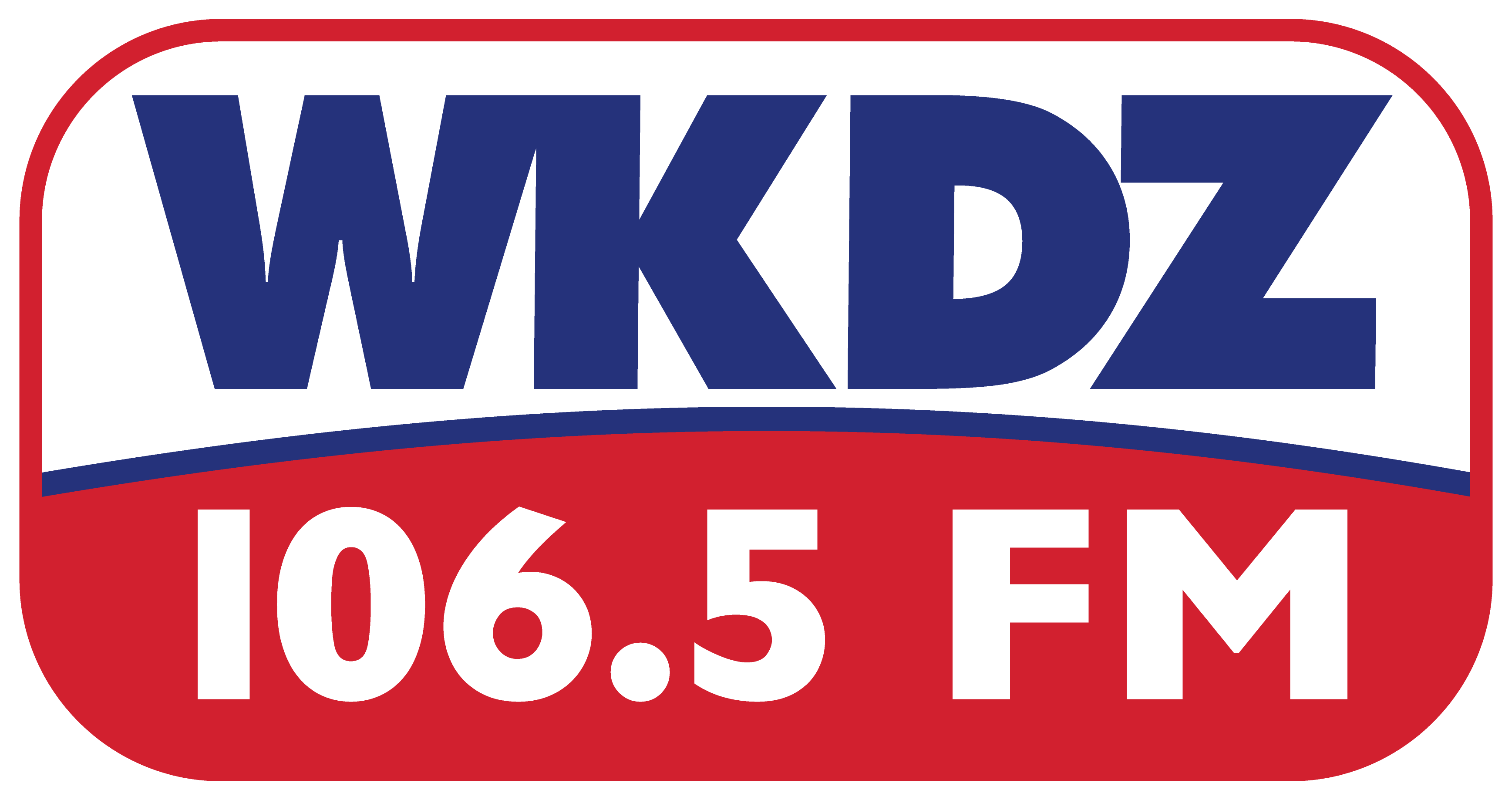
In the last couple of weeks, officials with the News Edge have received public concerns about the Kentucky Energy and Environment Cabinet’s Water Health Portal — which serves as a major registry of all things aquatic for the Commonwealth.
Currently, it lists several codes for waters in the listening area — including a red “Category 5” non-support of fish consumption for Kentucky Lake, a yellow “Category 5” partial support of warm water aquatic habitats in Lake Barkley, and other concerns with local tributaries.
In a written statement, John Mura, executive director of communication for the Energy and Environment Cabinet, said this Water Health Portal is a “one-stop-shop” for all the state’s water health information. Not only can it be used to determine the status of surface water uses — such as swimming, fishing and drinking — but it also connects users to studies and reports on various streams, and helps identify the Commonwealth’s top water resources.
The portal also includes information on water-body impairments and measured deficiencies, which Mura said are gleaned from data analysis and subsequent assessments of fish tissue content.
As such, the “Fish Consumption Advisory” workgroup meets annually to review new data and discuss, among other topics, the addition of new water-bodies to the advisory list, and removal of existing advisories.
Mura said during last spring’s meeting, the group collectively decided no changes to the state’s list were appropriate at the time.
These assessments listed on the portal, he said, are a “determination of whether or not a particular observation or measurement meets” the state’s quality standards defined by case law. Advisories are then served as recommendations to the general public and sensitive populations about a particular activity that poses some “degree of risk.”
Fish consumption advisories are also not part of the Water Health Portal, but Mura said if there are concerns, those advisories serve as the state’s most current information, and they are jointly issued by the Department of Environmental Protection, Public Health and Fish and Wildlife Resources.
At this time, all of the state’s waters are under an advisory for mercury. This is not considered an emergency, as it organically enters the environment and can be accumulated by fish populations that eat plankton and other small aquatic creatures.
The last fish consumption advisory was issued January 2016, and in late 2021, state-wide testing began the evaluation of per- and polyfluoroalkyl substances, or PFAS, in all waters.
Other trace contaminants, like polychlorinated biphenyls (PCBs) and chlordane, are also calculated. PCBs were once widely-used in the manufacturing of carbonless copy paper, heat transfer fluids, and as di-electric and coolant fluids for electrical equipment. Chlordane, meanwhile, was once used as a pesticide. A white solid, it was used for termite-treatment of approximately 30 million homes until it was banned in 1988. Ten years earlier, it was banned for food crops like corn and citrus, and on lawns.
Agencies have since recommended those of the general population limit themselves to one meal per month of predatory fish, one meal per week of bottom feeders and panfish, and one meal per week of all other fish because of generally observed mercury levels. Those sensitive in nature, particularly child-bearing or 6 years old and younger, should limit this further.
A meal is considered to be a half-pound of uncooked meat, later eaten by a 150-pound individual.
Predatory fish include: small- and largemouth bass, spotted, white, yellow and other striped bass, flathead catfish, blue Catfish, muskellunge, sauger and walleye and their hybrids, bowfin, chain Pickerel, and all gar species.
Panfish include: bluegill, green sunfish, longear sunfish, redear sunfish, rock bass, and crappie species.
And bottom feeder fish include: channel catfish, common carp, drum, bullhead, buffalo, carpsucker, white sucker, spotted sucker, northern hog sucker, redhorse, sturgeon, and creek chub.
Other fish include: invasive carp, trout species, and minnows.
It’s worth noting that advisories do not ban the eating of fish, nor do they affect those who swim, ski or boat in Kentucky’s waters.
Most fish are reportedly healthy to eat and are an excellent source of low-fat proteins.
Water Health Portal: https://water-health-portal-kygis.hub.arcgis.com/
Advisories Page: https://eec.ky.gov/Environmental-Protection/Water/Monitor/Pages/Fish-Advisories.aspx





